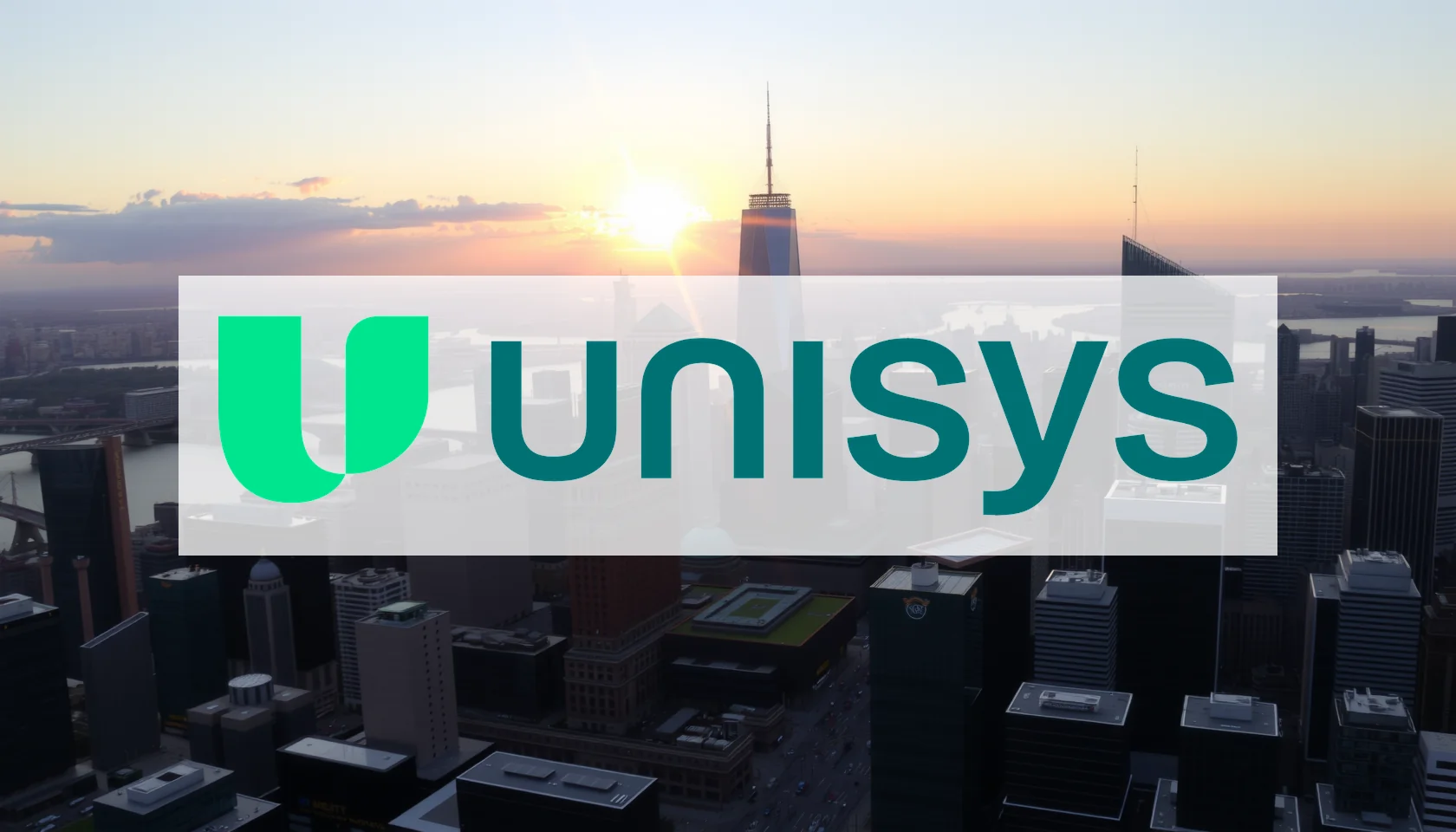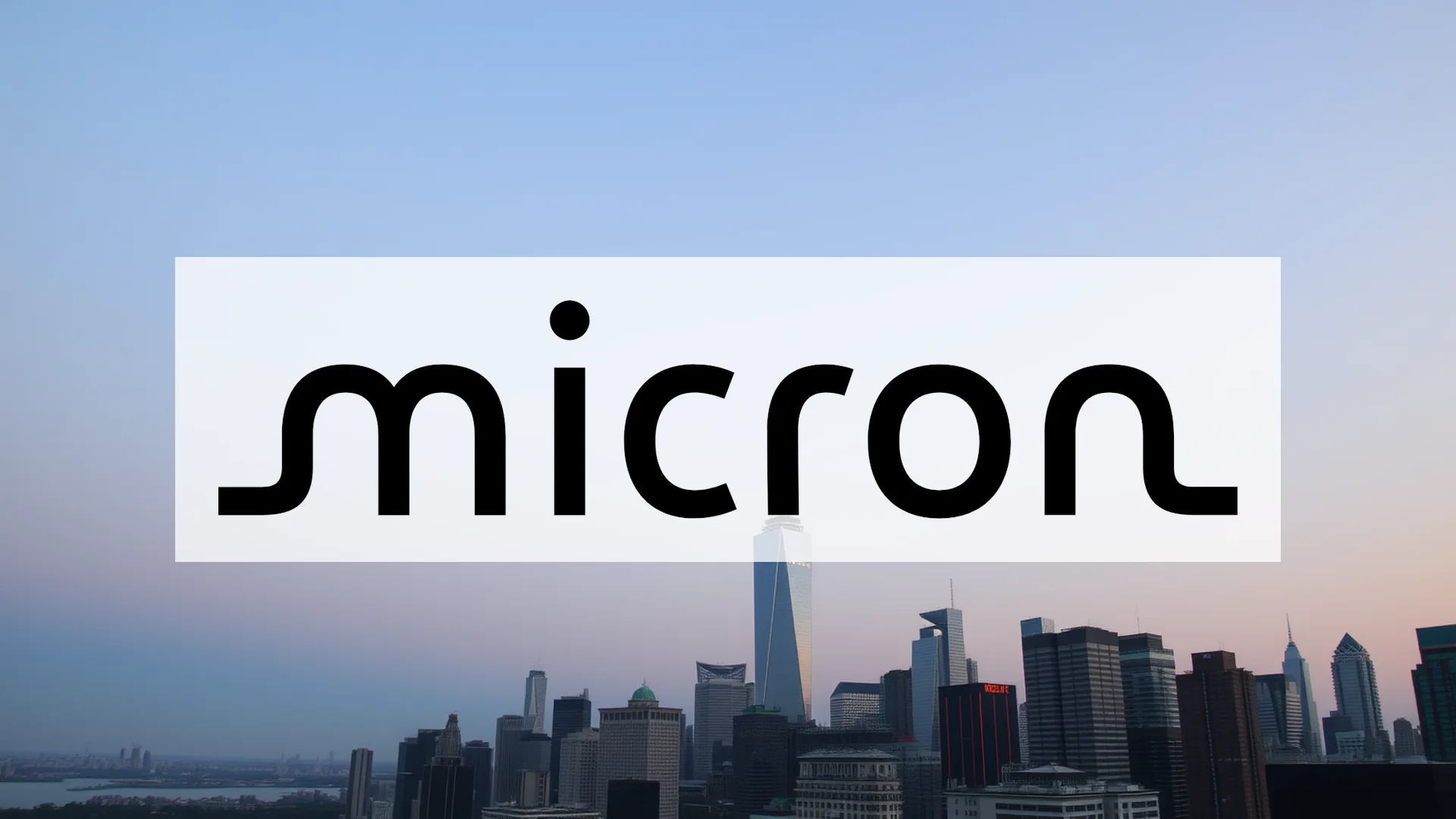A significant disconnect is emerging between corporate enthusiasm for artificial intelligence and the technological reality on the ground. New research from IT services firm Unisys reveals that while businesses are rushing to adopt generative AI, the vast majority lack the fundamental infrastructure required to support these ambitious initiatives effectively. This growing chasm between technological desire and operational capability represents both a substantial corporate risk and a potential explanation for Unisys’s own current market challenges.
Investment Enthusiasm Meets Operational Reality
Corporate investment plans tell a compelling story: 78% of organizations are preparing to significantly increase their spending on generative AI technologies. However, the operational readiness assessment delivers a sobering counterpoint—a mere 36% of these companies possess the technical foundation to manage substantial AI workloads. This gap represents more than a simple technical hurdle; it constitutes a critical bottleneck for global digital transformation efforts. Organizations are eager to innovate, but their legacy systems are creating powerful headwinds.
The Cloud’s Profitability Paradox
An intriguing shift in perspective is underway among corporate leadership. Some 82% of executives now view cloud computing and IT infrastructure not as cost centers, but as potential profit generators. This optimistic outlook, however, masks a significant performance issue. Fewer than half of these leaders express genuine satisfaction with the return on investment from their cloud, automation, and AI initiatives. Capital continues to flow into these areas, but optimization and performance measurement are lagging considerably behind investment pace.
Should investors sell immediately? Or is it worth buying Unisys?
Cybersecurity’s Escalating Cost Crisis
The Unisys study further highlights the increasingly dangerous downside of accelerated digitalization. Security vulnerabilities are becoming more costly, with 17% of organizations reporting they experienced a significant security breach within the past year. The financial impact of these incidents has reached staggering levels, as system downtime can now cost companies up to $500,000 per hour. In this context, inadequate IT infrastructure transforms from a mere inconvenience into a potentially existential business threat.
Legacy Systems Stifle Next-Generation Technology
Progress continues to be hampered by familiar obstacles: aging technological frameworks, shortages of skilled personnel, and poor alignment between IT departments and executive leadership. These persistent challenges are creating widespread skepticism about organizational readiness for emerging technologies. Only 32% of companies feel adequately prepared for the advent of quantum computing, while just 34% believe their infrastructure can support edge computing implementations.
Against this backdrop, Unisys’s strategic emphasis on cost optimization within multi-cloud environments appears particularly well-positioned. The company’s recently published work on FinOps strategies demonstrates a clear understanding of current client pain points. The critical question remains whether Unisys can successfully capitalize on the very IT infrastructure problems it so effectively identifies—or if it remains part of a system struggling with these fundamental challenges.
Ad
Unisys Stock: Buy or Sell?! New Unisys Analysis from November 20 delivers the answer:
The latest Unisys figures speak for themselves: Urgent action needed for Unisys investors. Is it worth buying or should you sell? Find out what to do now in the current free analysis from November 20.
Unisys: Buy or sell? Read more here...













